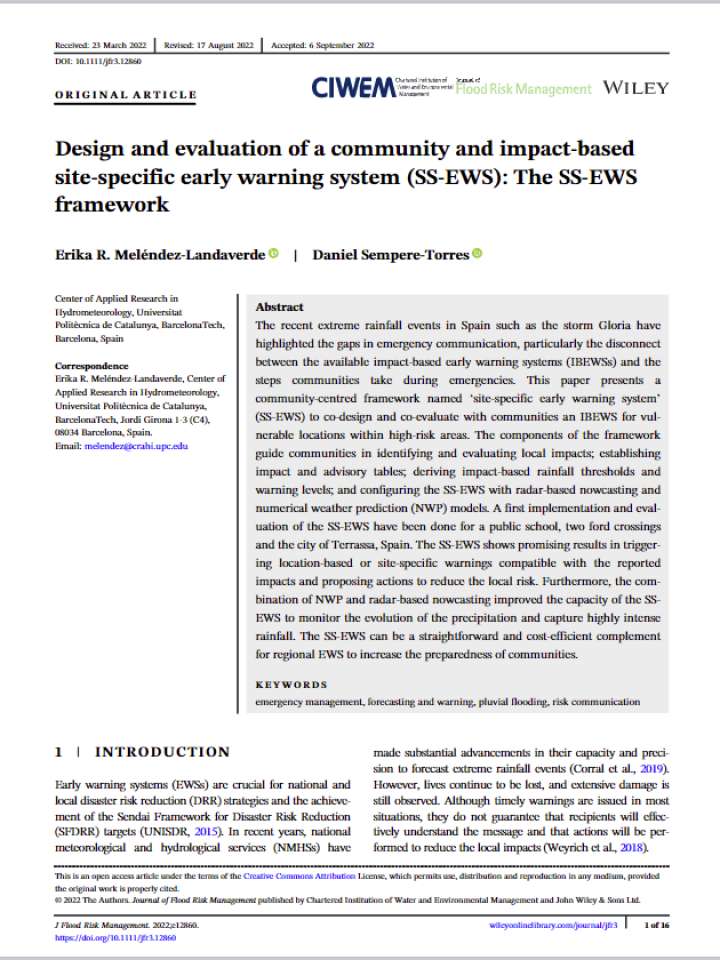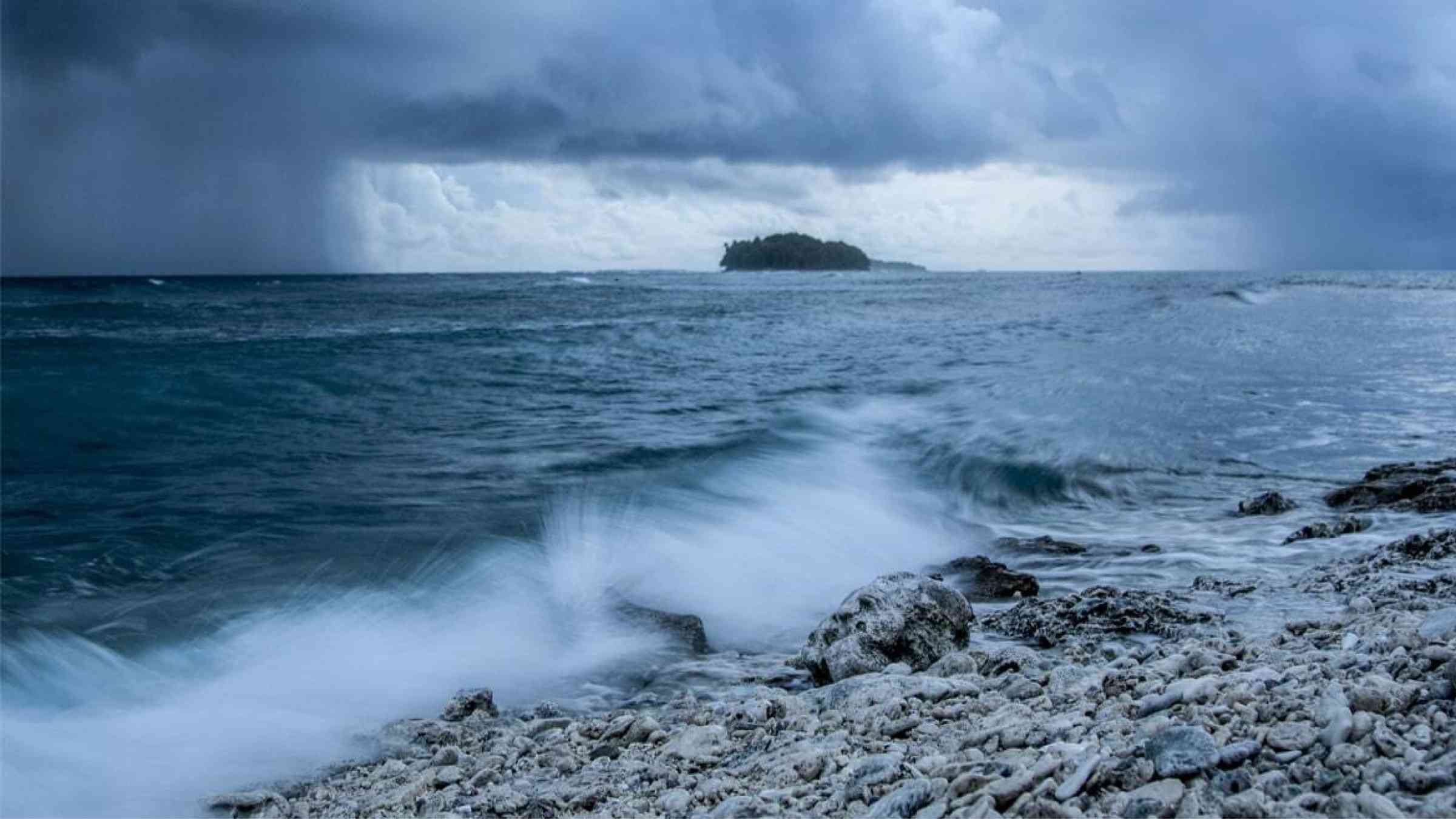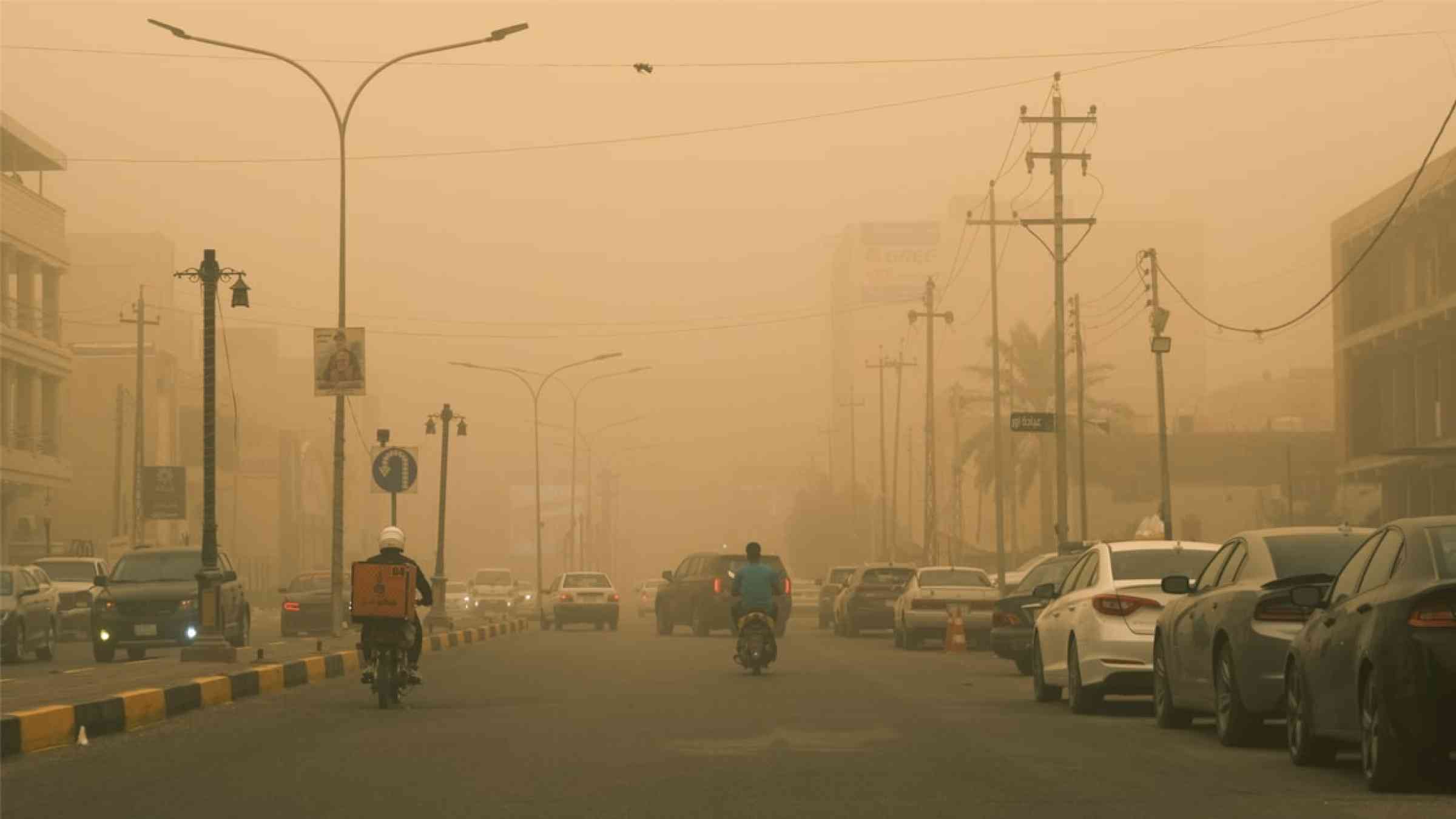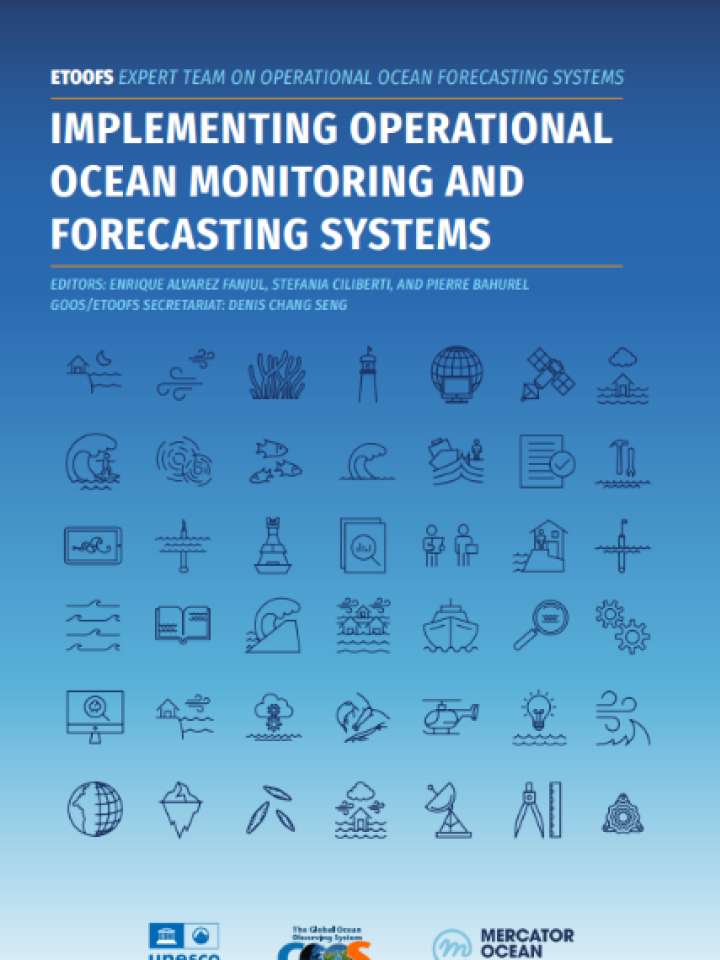Storm surge
A storm surge reflects the difference between the actual water level under the influence of a meteorological disturbance (storm tide) and the level which would have occurred in the absence of the meteorological disturbance (WMO, 2008, 2011, 2017).
A storm surge is the rise in seawater level caused solely by a storm. It is the abnormal rise in seawater level during a strom, measures as the height of the water above the normal predicted astronomical tide. The surge is caused primarily by a storm's winds pushing water onshore.
Storm surge should not be confused with storm tide. A storm tide is the water level that results from the combination of the storm surge and the normal (astronomical tide).
This rise in water level can cause extreme flooding in coastal areas, resulting from storm tides reaching up to 6 meters (20 feet) or more in some cases (NOAA, 2019b.) On top of a strom tide are pounding waves generated by the powerful winds. The area of seawater flooding may extend along the coast for over 100 km, with water pushing several kilometres inland if the land is low lying. The combined effects of the storm tide and surface waves can destroy buildings, wash away roads and run ships aground (Australian Government, 2020).
Examples of National Alerting Parameters include storm surge warning issued in Canada (Government of Canada, 2019) and an Advisory for storm surge watch/warning issued by the World Meteorological Organization (WMO, 2017).
Latest Storm surge additions in the Knowledge Base





